Will Exercise Help Me Burn More Fat?
 If you live in Livermore, CA, you probably see people running or doing yoga at the beach. Exercise has become a way of life for some. Others are just starting. They begin for various reasons. People may want to build their stamina, lower their blood pressure, or burn more fat. Are all of those things possible? It depends on the goal and the exercise you’re doing, especially for fat burning.
If you live in Livermore, CA, you probably see people running or doing yoga at the beach. Exercise has become a way of life for some. Others are just starting. They begin for various reasons. People may want to build their stamina, lower their blood pressure, or burn more fat. Are all of those things possible? It depends on the goal and the exercise you’re doing, especially for fat burning.
You’ll burn tons of calories when you do cardio, but will you burn fat?
There is no doubt about it, you’ll burn some fat when you do cardio, but you’ll also burn some lean muscle mass. That’s because cardio uses both lean muscle mass and fat to get the calories necessary. While you’ll lose weight, it won’t change your body composition. You’ll have the same proportions of fat to muscle but weigh less. If fat burning is your goal, you need some cardio for endurance, but it’s not the ultimate answer.
Strength building is perfect for fat burning.
Just like cardio, strength-building exercises require a lot of calories. Unlike cardio, the body uses fat to get those calories and builds muscle tissue at the same time. The more muscle tissue you have, the easier it is to lose weight since muscle tissue requires more calories than fat tissue does to maintain. Strength training also continues to burn fat after you quit. It burns extra calories for up to 48 hours after you end your exercise session to get the body back to a steady state condition. It burns an extra 10 calories every hour, but since it can last up to 48 hours, it can add up to a significant number.
HIIT workouts are a way to do exercises that burn fat, not a type of exercise.
HIIT stands for high-intensity interval training. It’s a simple method that can maximize your exercise time. You modify your intensity throughout the workout, going from high intensity to moderate recovery and back to high intensity. HIIT boosts the body into higher metabolism and studies show that burns more fat than steady-state workouts, even though both are important. It allows you to work at high-intensity effort longer and you can use it with any type of exercise, even walking.
- Using kettlebells can provide a fat-burning option that’s also fun. Kettlebells provide balance, flexibility, endurance, and strength training all in one and burn lots of calories.
- Vary your workout to increase the fat and calories you burn. You’ll maximize the benefit when you vary your workout regularly. When the body becomes too efficient at a workout, it doesn’t burn as many calories.
- Don’t forget a healthy diet with plenty of protein to build muscle. You can workout long hours and still not burn fat if you’re eating more calories than you burn. The calories in some junk foods are far higher than the number you’ll burn working out.
- Hydrate and get adequate sleep. Your body needs rest to heal muscles after a tough workout. Lack of sleep can also cause a hormone imbalance making weight loss more difficult. Hydrate frequently, especially before meals. You’ll eat less and lose weight faster.
For more information, contact us today at LIV Fitness

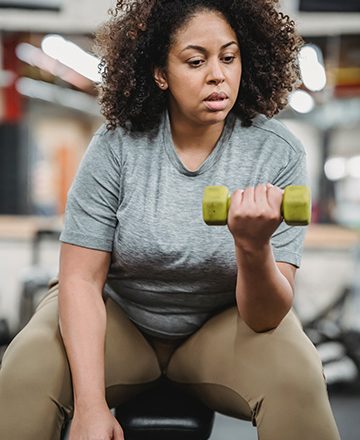

 Whether you’re on the road for business or a fun family trip, eating healthy food can still be your goal. You don’t have to “junk-food junkie” your way across America. It takes some planning, but with the help of an internet search or a couple of coolers in the trunk, it’s possible to eat healthier. Start by planning your trip before you leave the house. Check the internet for restaurants on your route and visit their website to view what they offer.
Whether you’re on the road for business or a fun family trip, eating healthy food can still be your goal. You don’t have to “junk-food junkie” your way across America. It takes some planning, but with the help of an internet search or a couple of coolers in the trunk, it’s possible to eat healthier. Start by planning your trip before you leave the house. Check the internet for restaurants on your route and visit their website to view what they offer.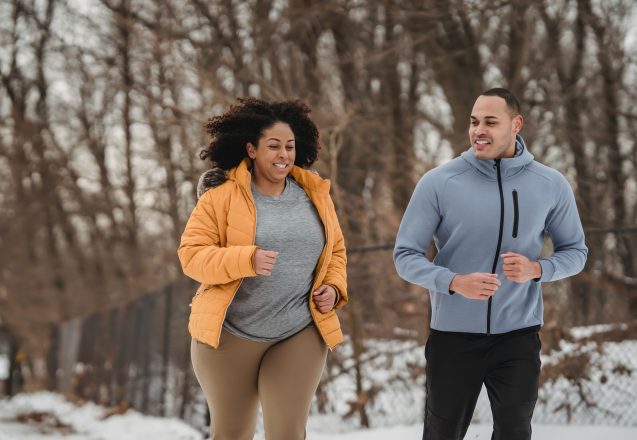
 Starting any exercise program is a good thing, even if it’s just walking. However, if you want to lose weight and be your healthiest, you need all types of exercise, cardio, strength, balance, and flexibility. Some people focus strictly on cardio for weight loss, saying it burns tons of calories. They’re correct. It does burn calories, but if that’s all you’re doing, you might be sabotaging your efforts to lose fat and future weight loss.
Starting any exercise program is a good thing, even if it’s just walking. However, if you want to lose weight and be your healthiest, you need all types of exercise, cardio, strength, balance, and flexibility. Some people focus strictly on cardio for weight loss, saying it burns tons of calories. They’re correct. It does burn calories, but if that’s all you’re doing, you might be sabotaging your efforts to lose fat and future weight loss.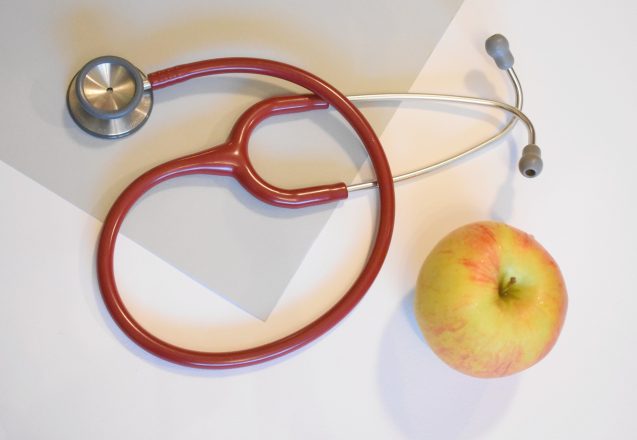
 The food you consume can make you healthier or increase the risk of disease. It can cause an imbalance in your gut microbiome that can cause mental issues. Some foods are specifically beneficial to certain parts of the body. They can lower the risk of heart disease and stroke. These foods may help lower blood pressure, improve cholesterol levels, or reduce inflammation, which reduces the risk factors for heart problems.
The food you consume can make you healthier or increase the risk of disease. It can cause an imbalance in your gut microbiome that can cause mental issues. Some foods are specifically beneficial to certain parts of the body. They can lower the risk of heart disease and stroke. These foods may help lower blood pressure, improve cholesterol levels, or reduce inflammation, which reduces the risk factors for heart problems.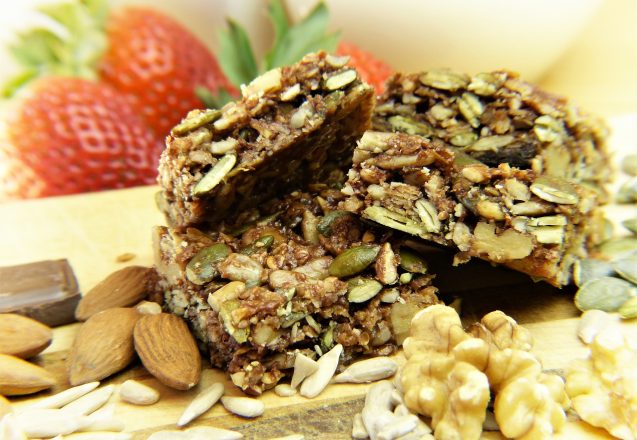
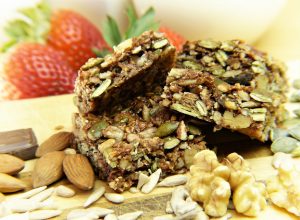 The people of Livermore, CA, have access to some great local produce and stores packed with healthy foods, so you’d think it would be easy to eat the foods that can keep you fit. That’s not necessarily true. The food is available, but finding the right food can be quite confusing. You might eat certain food because you think it’s wholesome, like granola bars. You’d be wrong. They have a downside and it’s inflammation.
The people of Livermore, CA, have access to some great local produce and stores packed with healthy foods, so you’d think it would be easy to eat the foods that can keep you fit. That’s not necessarily true. The food is available, but finding the right food can be quite confusing. You might eat certain food because you think it’s wholesome, like granola bars. You’d be wrong. They have a downside and it’s inflammation.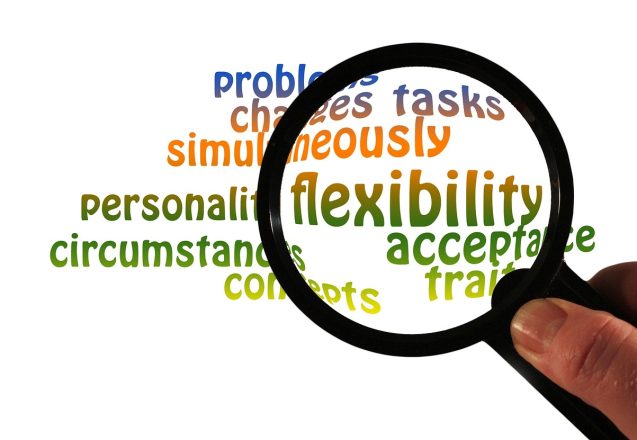
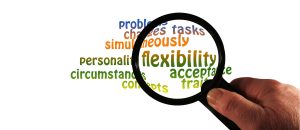 Do you miss those days when you could eat your favorite food and not feel bad? You can still do that and avoid the programmed mentality the diet culture has created. Food flexibility is based on listening to your body. It takes the bad and good labels away from food and turns it back to just plain food, sustenance for the body that you can enjoy. It also helps prevent the cycles of deprivation and binging or the defeat you feel when you’ve eaten a “forbidden” food.
Do you miss those days when you could eat your favorite food and not feel bad? You can still do that and avoid the programmed mentality the diet culture has created. Food flexibility is based on listening to your body. It takes the bad and good labels away from food and turns it back to just plain food, sustenance for the body that you can enjoy. It also helps prevent the cycles of deprivation and binging or the defeat you feel when you’ve eaten a “forbidden” food.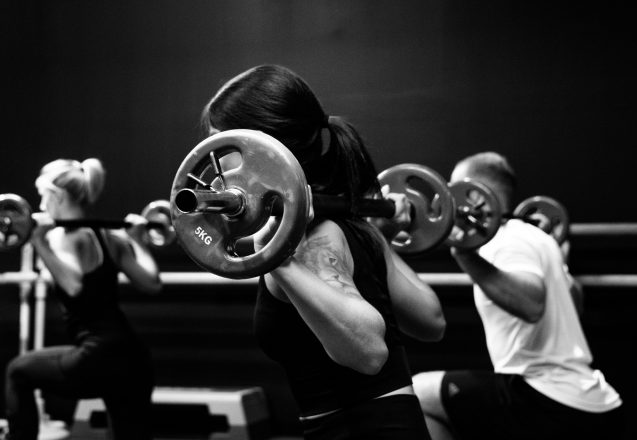
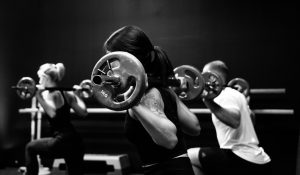 At LIV Fitness in Livermore, CA, we include all types of fitness training in our clients’ programs. Strength training is an important part of fitness and has many health benefits. You can combine it with other types of fitness training to get more from the workout in a shorter time. Some people question whether weightlifting is appropriate for women, seniors, or those with physical limitations or even if it’s healthy. The good news is that almost every adult can lift weights. The amount of weight lifted may be far less and modifications may be necessary, but the benefits are worth it.
At LIV Fitness in Livermore, CA, we include all types of fitness training in our clients’ programs. Strength training is an important part of fitness and has many health benefits. You can combine it with other types of fitness training to get more from the workout in a shorter time. Some people question whether weightlifting is appropriate for women, seniors, or those with physical limitations or even if it’s healthy. The good news is that almost every adult can lift weights. The amount of weight lifted may be far less and modifications may be necessary, but the benefits are worth it.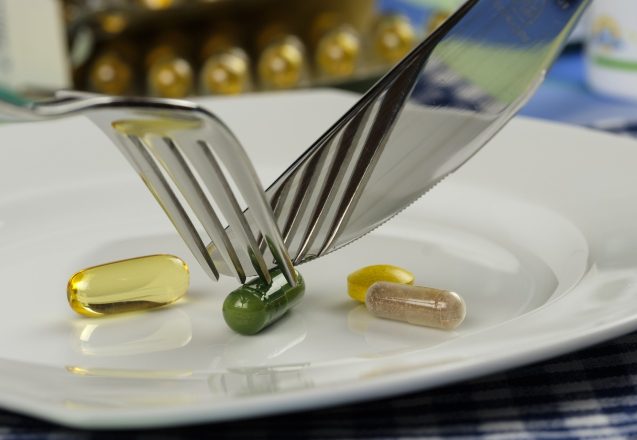
 If you’re working out regularly and eating healthy, you probably don’t need supplements to boost your muscle gain. There are exceptions, of course. If your body isn’t efficient at digesting and absorbing protein, that’s quite another thing. There are nutrient supplements to provide vitamins and minerals, plus ones that provide phytonutrients. Are any of them any good and do you really need them, or is a healthy diet all you need?
If you’re working out regularly and eating healthy, you probably don’t need supplements to boost your muscle gain. There are exceptions, of course. If your body isn’t efficient at digesting and absorbing protein, that’s quite another thing. There are nutrient supplements to provide vitamins and minerals, plus ones that provide phytonutrients. Are any of them any good and do you really need them, or is a healthy diet all you need?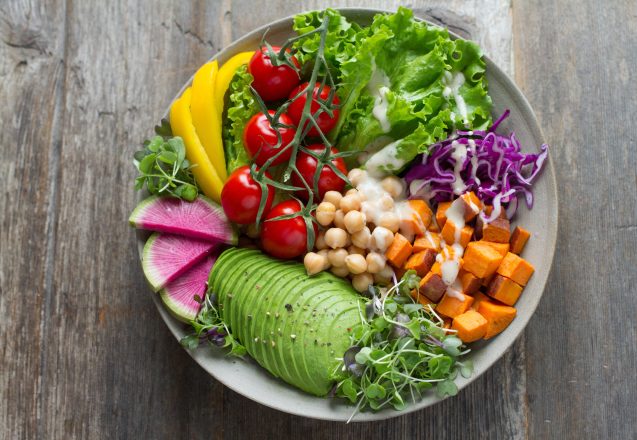
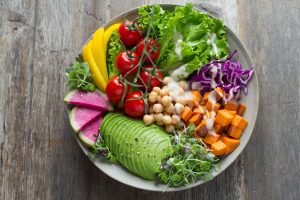 Each person has different needs and our programs at LIV Fitness reflect that. We offer nutritional counseling for people who want to lose weight with a wide variety of approaches. A low carb diet is one of those ways. Knowing the healthiest types of carbs to eat is key to healthy weight loss. Whole food should be part of every type of diet. The first step to a healthy low carb diet is eliminating highly processed food that has added sugar.
Each person has different needs and our programs at LIV Fitness reflect that. We offer nutritional counseling for people who want to lose weight with a wide variety of approaches. A low carb diet is one of those ways. Knowing the healthiest types of carbs to eat is key to healthy weight loss. Whole food should be part of every type of diet. The first step to a healthy low carb diet is eliminating highly processed food that has added sugar.
 If you’re leaving on vacation next week, even if you lose weight quickly, it will only be a few pounds and will return quickly, most probably while you’re on your vacation. If you have more time, like a month or two, there are several things you can do to not only look better, but also feel better and more energetic. Even if your deadline is two weeks, you can make some positive changes, but if you’re expecting to drop 20 pounds or fit into clothing that is two sizes smaller, you’ll be disappointed.
If you’re leaving on vacation next week, even if you lose weight quickly, it will only be a few pounds and will return quickly, most probably while you’re on your vacation. If you have more time, like a month or two, there are several things you can do to not only look better, but also feel better and more energetic. Even if your deadline is two weeks, you can make some positive changes, but if you’re expecting to drop 20 pounds or fit into clothing that is two sizes smaller, you’ll be disappointed.